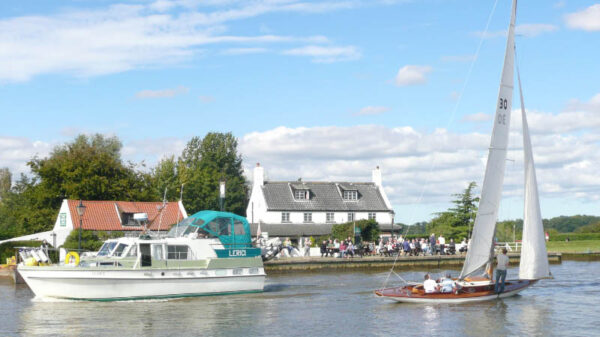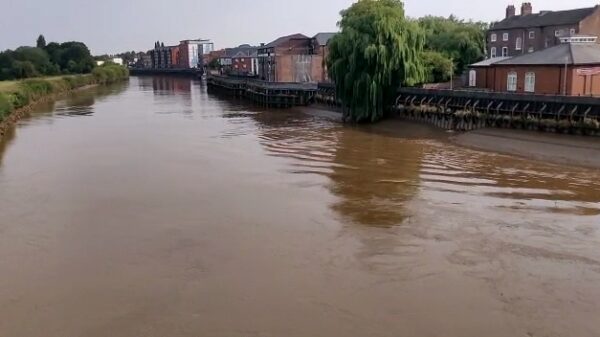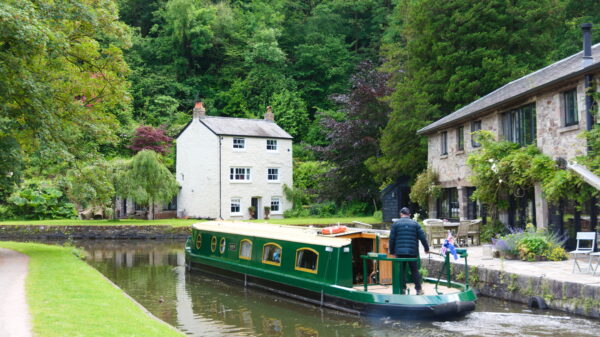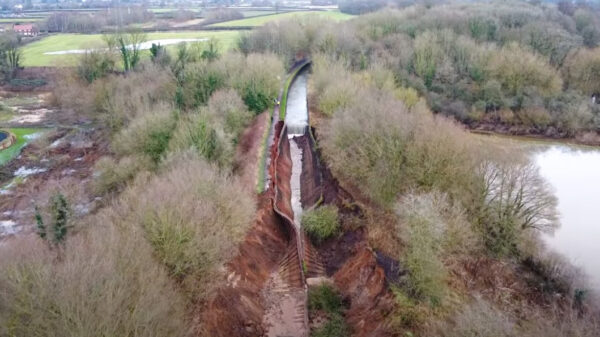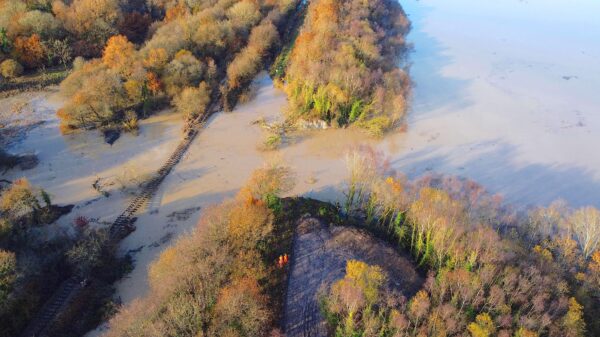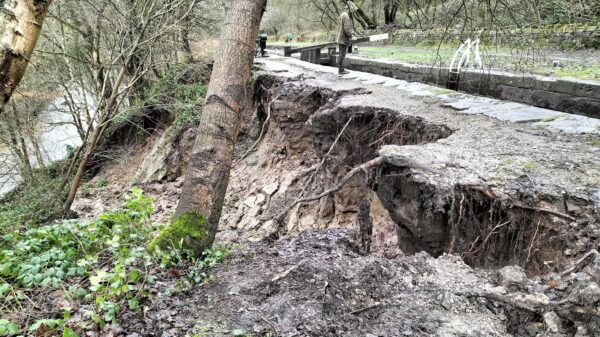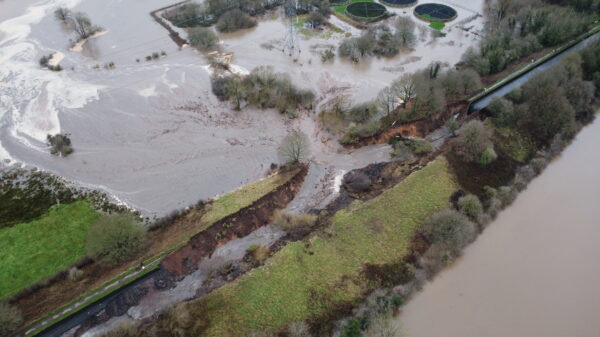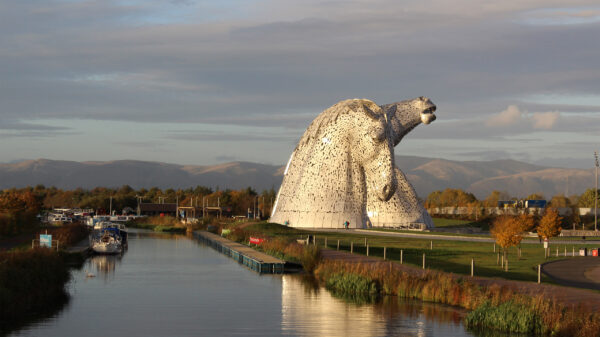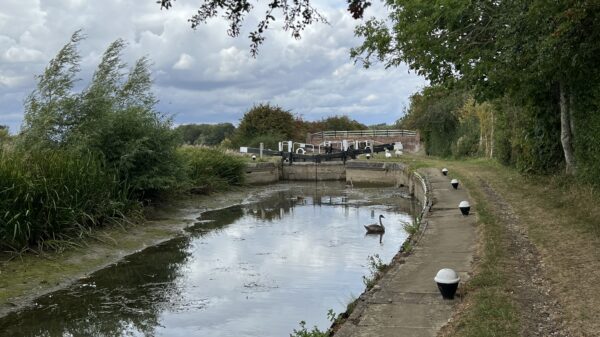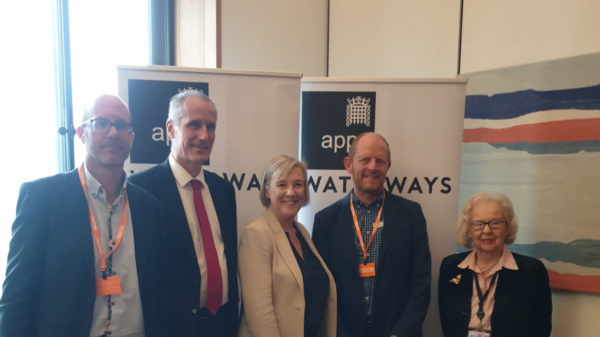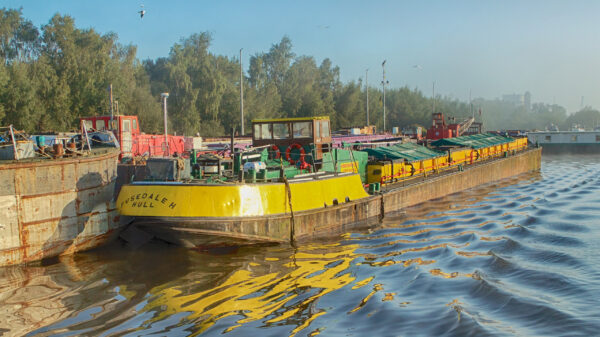Britain’s unique canal and river network faces a “perfect storm” of underinvestment and climate risk – as reported in The Guardian today.
- Three-quarters of Britain’s canals face financial insecurity, with the majority of the nation’s navigation authorities struggling to maintain essential infrastructure amid declining funding;
- Climate pressures are intensifying, with new mapping showing every waterway in Britain will face greater risk from drought in summer and floods in winter; and
- The combination of reduced funding and rising climate impacts creates a “perfect storm” for the nation’s 5,000-mile canal and river network, threatening heritage, navigation, tourism, wildlife, utilities, homes, communities and businesses.
Following the Climate Change Committee’s warning to government to prepare for 2oC warming by 2050, the Inland Waterways Association (IWA) has published a first-of-its-kind map revealing the likely impact of this warming on Britain’s 5,000-mile network of canals and navigable rivers.
Facing a dual crisis of funding and climate resilience, the new map reveals 99% of Britain’s navigable inland waterways are at risk. The research from the only national charity that campaigns for all the country’s canals and river navigations finds that 75% of canals are financially insecure, while 99% are expected to experience increased winter rainfall, threatening infrastructure already struggling with years of underinvestment.
Key findings are:
- The majority of our waterways are managed by navigation authorities struggling financially;
- Canals will be impacted by increased water shortages, especially in the Pennines and Midlands; and
- Our mapping shows that no part of the system will escape susceptibility to winter precipitation and drought risk.
Britain’s 5,000 miles of navigable canals and rivers, including the 2,700-mile connected system across England and Wales are a national treasure providing significant public benefit to millions of people across Britain. Our inland waterways are blue green corridors that connect fragmented wildlife habitats and provide free access to nature. They also generate significant economic activity, including associated tourism, supporting over 300,000 jobs [2] and saves the NHS over £1.1 billion [3] each year. Almost 80% of local authorities have a navigable waterway or a waterway under restoration, disproportionately so in more deprived areas.
Charlie Norman, IWA’s Director of Campaigns, says:
“Right now, Britain’s matchless canal and river network faces a perfect storm of underinvestment and climate risk.
“Our findings paint an alarming picture of vital national infrastructure under increased strain. Decades of erratic government support along with more frequent extreme weather events have left many waterways vulnerable to breaches, closures and mounting maintenance costs. This year’s drought led to the closure of dozens of canals across the country, affecting wildlife, tourism, businesses and people living on the canals.
“Without intervention the network, a cornerstone of the UK’s industrial heritage, providing leisure and tourism destinations for millions, as well as green corridors for wildlife, faces irreversible decline by 2050.”
Rainfall
Rising winter rainfall is placing Britain’s waterways under increasing strain. While reservoirs rely on winter rainfall to prepare for summer, excessive precipitation is already causing major damage, as seen in the catastrophic Bridgewater Canal breach on New Year’s Day 2025, and similar incidents on the Huddersfield Canal and Calder & Hebble Navigation.
IWA’s new mapping using Met Office climate projections shows no part of the network will escape increased winter rainfall under 2°C of global warming. In the south, rivers such as the Thames were closed to navigation for nearly five months last winter due to flooding: a blow to local businesses and leisure users alike. Many of the major navigable rivers in England (Thames, Nene, Great Ouse, Medway) are managed by the Environment Agency, which faces the threat of serious under-funding for maintenance.
Drought
Following this summer’s drought, with the driest spring ever recorded, Met Office climate projection maps have been used to show how waterways are likely to be affected by lack of water in the future. This map shows the median projected drought severity for a global 2 degrees temperature rise, which IPCC data suggests could happen within the next few decades.
Higher drought severity figures are predicted for several crucial areas for the waterways – in areas of higher ground where canals cross summits and therefore where key reservoirs are located. The Pennine summit provides canal links between the North- East and North West waterways (Leeds & Liverpool, Rochdale and Huddersfield canals) and this whole area is predicted to see increased drought. This year already most of the Leeds & Liverpool Canal has been shut since May due to low water.
The other key area of concern is the Midlands, the heart of the canal network, fed by many reservoirs whose water resources will be increasingly stretched. An area rich in canal heritage and home to numerous waterways businesses depending on a connected network, it is an area that will be increasingly hit by drought in the future.
Funding
Lack of funding to maintain waterways in the face of climate change is a key factor and IWA has used expert knowledge of the status of the various navigation authorities looking after our waterways to categorise them. Only 25% of waterways are considered to be financially stable, leaving three-quarters of the network facing moderate to severe funding threats.
Charlie Norman continues:
“This is why IWA calls on Government to undertake a review of Britain’s inland waterways, with the goal of creating a long-term investment plan
“Some aspects of our unique, built environment are assumed to automatically happen. That seems to be the case with our waterways network: they are rightly cherished but there is a dangerous assumption that they are magically self-sufficient.
“They are magical, but they don’t just happen.
“We want a network that is well-maintained, accessible and alive. This includes the management of the system as a whole and more localised action, for example, where waterways heritage is concerned lest it fall through the gaps of heritage protection.
“Improved infrastructure can attract new businesses and enhance the experience of all who use them [4]. Waterways also play a very important role in mitigating the effects of climate change by cooling our cities [5], transferring water, providing active travel routes and supporting biodiversity.
“November’s Budget is the perfect opportunity for The Chancellor to signal investment now so we can strengthen this vital, historic network to prevent structural failures, water shortages, navigation stoppages and heritage loss. The case for action is clear: protect and invest today, and our waterways will continue to serve communities, nature and the economy for generations.”
Conclusion
Britain’s 5,000 miles of navigable waterways are a national asset, but reduced funding and climate change put them at severe risk.
Government should review Britain’s inland waterways to create a long-term investment plan because the case is clear: millions spent now will save billions later. With relatively modest investment, Government can secure huge returns in public health, economic growth, climate resilience, and regional renewal.
Improved infrastructure will attract new businesses, boost tourism, and enhance the experience of everyone who enjoys Britain’s waterways.
IWA’s evidence-based climate risk map shows where and why our waterways face the greatest threats by 2050: now, we need solutions.
This November’s Budget is an opportunity for The Chancellor to invest now and keep Britain’s waterways flowing and thriving. They are matchless, and deserve to be well-maintained, accessible and alive.

